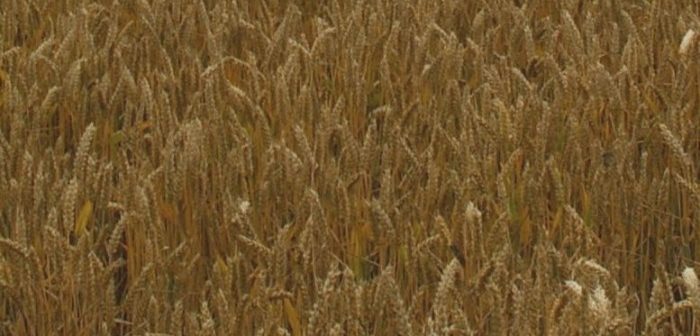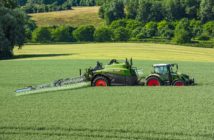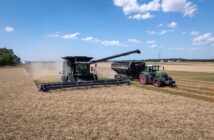Strutt & Parker has been gathering yield data for the past 19 years which highlights there has only been limited progression in average winter wheat yields over that period – despite the genetic material available from wheat breeders getting better.
For example, comparing the five-year average yield for the most recent period, with the five-year average for the first five years of the survey shows a difference of just 0.3t/ha.
Analysis of the data also suggests that it getting harder to consistently hit higher yields.
While yields were reasonably consistent for the period 2000 to 2009, since then we have seen much wider variability.
The low yields of 2012 and the highs of 2014 and 2015 are primarily the result of extreme growing conditions in those years, but we believe the shift to later drilling as part of a strategy to tackle blackgrass may be an additional factor causing this variability.
Late drilling can result in smaller root structures and generally less robust plants which leaves crops more vulnerable to weather extremes than they were when people could reliably drill in September.
Against this backdrop, Jock Wilmott at Strutt & Parker has been working with a farm in Bedfordshire to help make sure that it can identify the varieties that are performing most strongly at the farm level.
The farm is carrying out its own trials, now in their fourth year, which compare the performance of different varieties – across all wheat groups – to the yield predictions in AHDB’s recommended lists.
What is emerging is that while AHDB’s wheat variety screening does offer a reliable and robust set of data, there are big potential differences in varietal performance when you get them on farm, with some significant deviations in ranking from the recommended lists.
According to AHDB, the yield range prediction for the 15 varieties selected from the recommended list as most suited to this particular farm was 1.1t/ha (based on a mean of 10.54t/ha).
The yield range on farm for the selected varieties for harvest 2017 was 1.38t/ha – actually very close to the range of yields the RL predicted. The interesting point is the farm results give a very different ranking on yield than that presented by recommended list with quality milling wheats outperforming Group 3 and 4 wheats off exactly the same inputs.
Looking at the results from a financial perspective, when adjusted for quality harvest 2017 showed a difference of more than £250/ha between the variety with the highest output and that with the lowest output.
Other notable findings after three years of trials, include that a pattern seems to be emerging which suggests milling varieties are showing some of the traits that allow them to excel in later drilling slots and therefore have the potential to deliver more consistent output.
The farm also saw in the same field last year an increase of 0.57t/ha from increasing seed rates from 350-450 seeds/m2.
Given no significant yield improvements from plant breeding are expected in the near future, more growers could benefit from carrying out this sort of detailed, focused investigation.
If farmers can gather their own farm data, they can combine it with information from the breeders and AHDB in order to make more informed decisions about the right varieties for their own farms.




